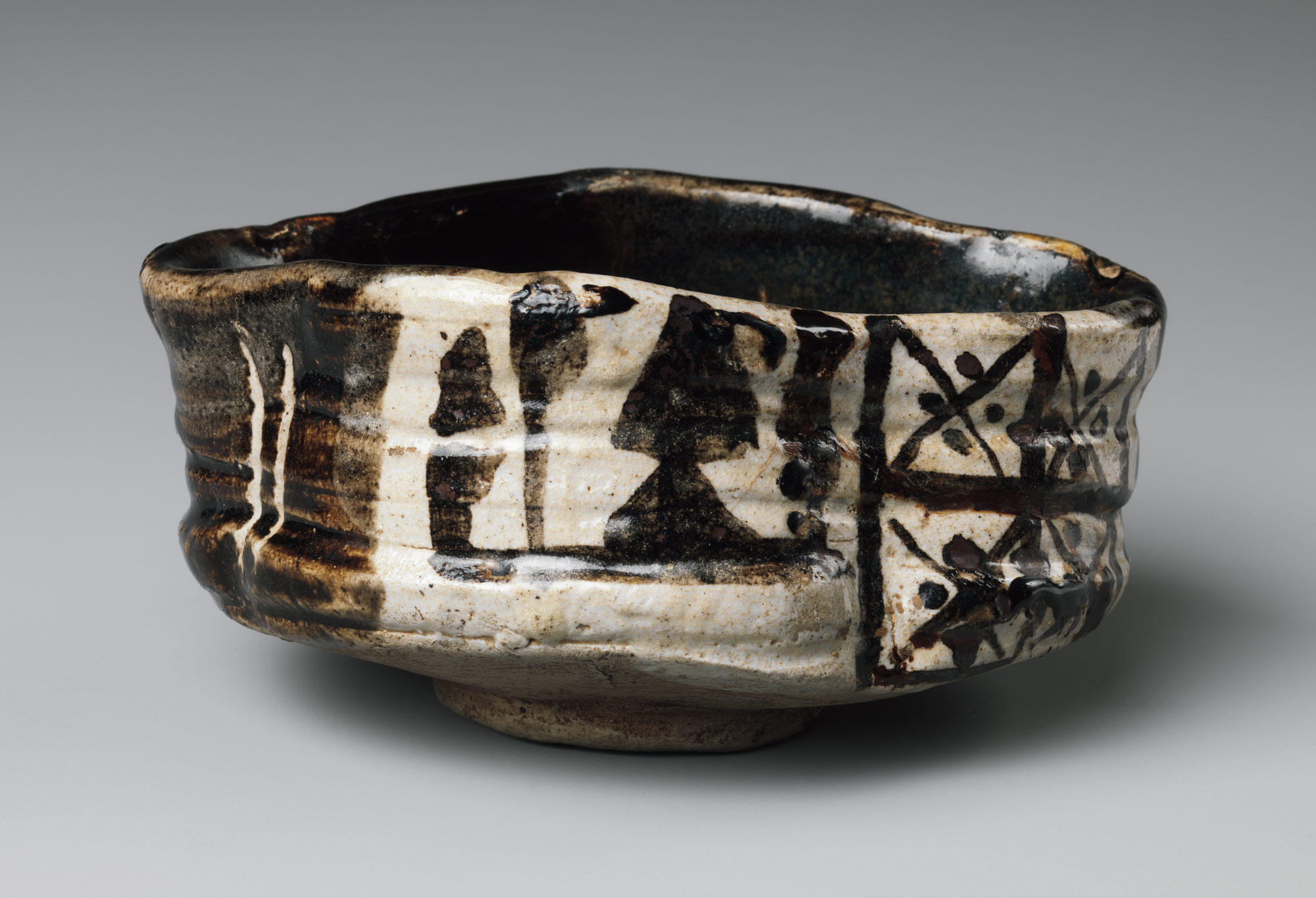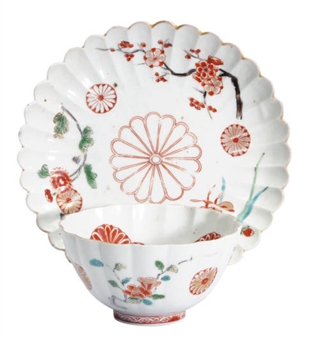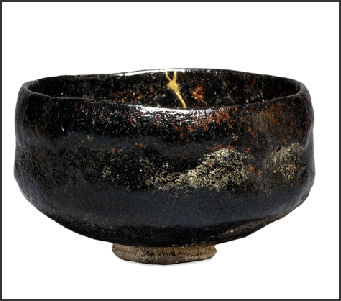Beginning Throwing Project #2
Soul in the Bowl
Problem: Learn the basic technique of throwing a
bowl on the wheel as well as manipulating the characteristics of basic form.
Objective: Achieve the skill to make multiple types of
bowls through studying the historic forms of Japanese tea bowls.
Strategy: Begin by familiarizing yourself with the
basic technique of throwing a bowl on the wheel. Study the 9 types of tea bowl described in the
CMU ceramic shop notes. Find 1 example
of each type of tea bowl form on the internet and print a photo of each siting the web site it was found on. Note the glazing style used in each example.
Instructions:
Watch the demonstrations presented in class and take note of the details associated with forming and manipulation of the formal elements within the bowl.
Make one example of each type of tea bowl. 9 total
At least 5 of the bowls must be made in a controlled/refined style. The other 4 may be gestural in nature.
Check a book out from the library that pertains to Japanese ceramics.
Each student will be given a Japanese glazing style, or
historic topic associated with Japanese tea bowls and will write a one page
paper about the glaze formulation or history associated with the style.
Glaze your bowls in groups of 3 with three different glazing
styles presented by the other students.
One of the glazing styles must show an example of detailed brushwork
associated with one of the chosen glazing styles.
Present your tea bowls finished in the green ware state with
the paper typed in .12 font.

Tableware bowl, used in Japan as a tea bowl, Korea, Choson period, mid-15th century
image from the Freer Sackler galleries of the Smithsonian
Tea bowl with reserve design of fansmid-17th century
Nonomura Ninsei , (Japanese, active ca. 1646-77)
Edo period
Stoneware with black glaze and enamels over white glaze
W: 5.2 cm
Kyoto, Japan
Nonomura Ninsei , (Japanese, active ca. 1646-77)
Edo period
Stoneware with black glaze and enamels over white glaze
W: 5.2 cm
Kyoto, Japan
image from the Freer Sackler galleries of the Smithsonian

Chinese Kangxi porcelain teabowl, mark: 1662-1722
image from xupes.com

Clog-shaped tea bowl with design of plum blossoms and geometric patterns, Momoyama period (1573–1615), early 17th century
Japan
Stoneware with iron-black glaze (Mino ware, black Oribe type)
Japan
Stoneware with iron-black glaze (Mino ware, black Oribe type)
image from the met museum

Seto ware tea bowl in decorated Shino style
19th century
Edo period
Stoneware with iron decoration under feldspathic glaze
H: 8.3 W: 12.9 D: 12.9 cm
Seto, Japan
Edo period
Stoneware with iron decoration under feldspathic glaze
H: 8.3 W: 12.9 D: 12.9 cm
Seto, Japan
image from the Freer Sackler galleries of the Smithsonian

Tea bowl with design of autumn grasses
mid 19th century
Kashu Mimpei , (Japanese, 1796-1871)
Edo period
Stoneware with enamels over clear colorless glaze
H: 7.6 W: 12.4 D: 12.4 cm
Awaji island, Japan
mid 19th century
Kashu Mimpei , (Japanese, 1796-1871)
Edo period
Stoneware with enamels over clear colorless glaze
H: 7.6 W: 12.4 D: 12.4 cm
Awaji island, Japan

Seto ware tea bowl in Oribe style

19th century
Edo period
Stoneware with iron decoration under clear glaze, copper-green ash glaze, and iron wash
H: 8.9 W: 12.7 D: 12.7 cm
Seto, Japan
Edo period
Stoneware with iron decoration under clear glaze, copper-green ash glaze, and iron wash
H: 8.9 W: 12.7 D: 12.7 cm
Seto, Japan
image from the Freer Sackler galleries of the Smithsonian

A JAPANESE ARITA WARE FLUTED TEABOWL AND PLATE
image from christes.com
Seto ware tea bowl in Red Shino style
mid 19th century
Edo period
Stoneware with iron slip under feldspathic glaze
H: 9.3 W: 9.9 D: 9.9 cm
Seto, Japan
Edo period
Stoneware with iron slip under feldspathic glaze
H: 9.3 W: 9.9 D: 9.9 cm
Seto, Japan
image from the Freer Sackler galleries of the Smithsonian


Tea bowl, 16th century. Later Le, Mac, or Restored Later Le dynasty. Vietnam.
image from aliantruong.com
image from the Freer Sackler galleries of the Smithsonian

Rikyu tea ceremony bowl
image from factsanddeatils.com


